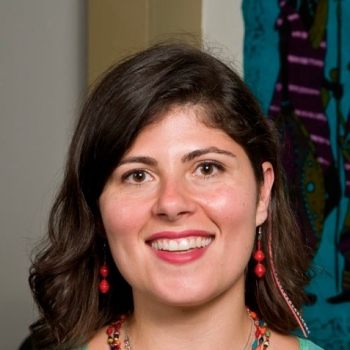Bio
I have conducted human field epidemiologic research in infectious diseases for more than fifteen years and have developed the experience, expertise, and collaborative networks needed to manage and coordinate complex field epidemiology projects. I have a broad background in pediatric infectious disease, with specific training in key research areas such as climate change, child health, tropical medicine, epidemiology, virology, and advanced immunology. I have successfully supervised international projects, collaborated with foreign researchers, and organized the resulting collaborative publications in peer-reviewed journals. I am currently PI on a NIAID R01 award to determine the transmission dynamics of and human disease attributable to DENV and CHIKV in Kenya, incorporating climate as a key factor for virus transmission. I am also co-PI on an NIAID R01 award to redefine the clinical manifestations, epidemiology, immunology and virology of yellow fever virus infection in Brazil. I am co-I on a R01 award to create and field test a new platform for diagnosis of febrile illness in Grenada. Finally, I am PI of two philanthropy-funded awards in Grenada to monitor the neurodevelopmental impacts of ZIKV infection up to five years of age and to conduct a school-based health promotion intervention. As the fundamental project for this work, I am co-director of the Sean N. Parker Center Stanford Climate Health and Equity Task Force and am on the leadership team of the Stanford Healthy People Healthy Planet (Planetary Health) Group. My research and administrative projects provide rich opportunities for student involvement and enrichment. Currently we have students at all stages of education (undergraduates, masters, predoctoral, medical students, residents, fellows, postdocs, instructors) from the U.S., Kenya, Grenada, and Brazil involved in our studies. I have a long history of excellent mentorship for students in undergraduate, graduate, and postgraduate education, in particular, I have mentored many medical fellows on prior training grants and have helped them achieve their career aspirations. I am currently co-directing a T32 training grant for the development of Global infectious disease epidemiologists. In summary, I have a demonstrated record of successful and productive mentorship, and my expertise and experience, particularly in climate change research and teaching, will allow me to serve to develop a climate change curriculum in Eswatini and mentor projects integrating climate change.


